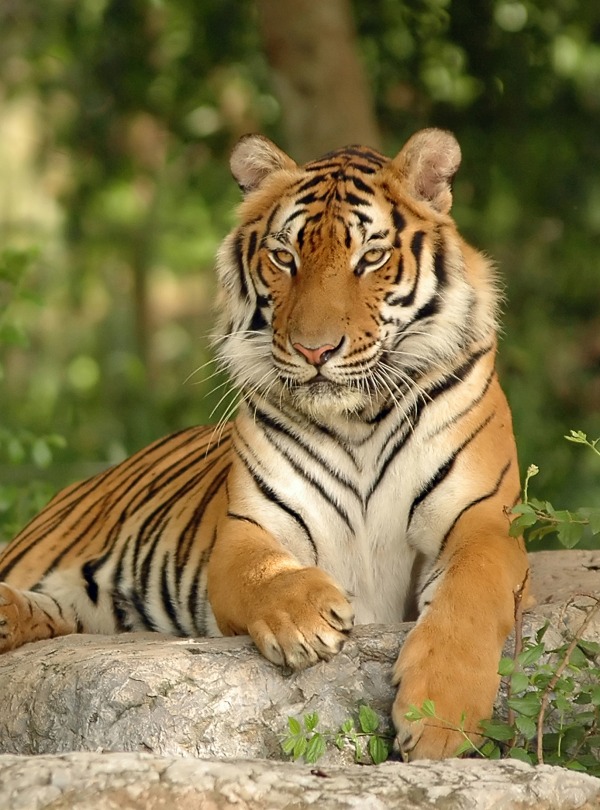
Conserving Cardamom’s Wildlife
Support More Work Like ThisSupport More Work Like ThisTo protect the region’s wildlife, Rainforest Trust has teamed with Wildlife Alliance to create the Southern Cardamom National Park.
-
Species at Risk
Asian Elephant (EN), Indochinese Tiger (EN), Siamese Crocodile (CR), Pileated Gibbon (EN), Royal Turtle (CR)
-
Carbon stored
(Not Calculated)*
*(metric tons of CO2 equivalents) -
Partner
Wildlife Alliance
-
1,014,100 Proposed Acres Conserved by
Designation
-
Project Cost: $113,017
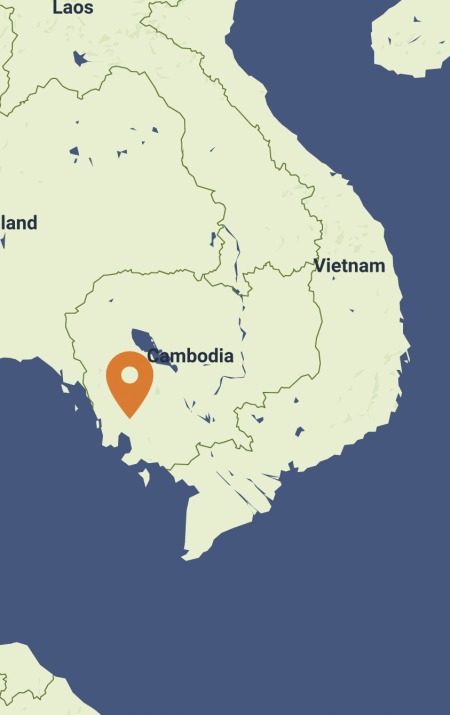
1,014,100
To protect the region’s wildlife, Rainforest Trust has teamed with Wildlife Alliance to create the Southern Cardamom National Park.
-
Species at Risk
Asian Elephant (EN), Indochinese Tiger (EN), Siamese Crocodile (CR), Pileated Gibbon (EN), Royal Turtle (CR)
-
Carbon stored
(Not Calculated)*
*(metric tons of CO2 equivalents) -
Partner
Wildlife Alliance
-
1,014,100 Proposed Acres Conserved by
Designation
-
Project Cost: £84,975

1,014,100
Situated in Southwest Cambodia, the Cardamom Mountain Range is home to one of the planet’s 35 internationally recognized biodiversity hotspots. Although the area hosts a fantastic wealth of flora and fauna, much of its wildlife is in danger. In total, 27 species found in the Cardamom Range are imperiled with extinction, including Asian Elephants and Indochinese Tigers.
Populations of these species are rapidly declining as a result of human encroachment. Threats are primarily due to industrial development, most notably through the expansion of commercial plantations and logging and mining operations. The southern portion of the range, which remains unprotected, is at particular risk of destruction from these dangers.
To protect the region’s wildlife, Rainforest Trust has teamed with Wildlife Alliance to create the Southern Cardamom National Park. The 1,014,100-acre protected area will serve as a critical wildlife corridor and close a significant gap within the Cardamom Range’s existing protected area network.
Explore Cambodia

The Endangered Asian Elephant, by Dennis Jarvis/Flickr

The Critically Endangered Siamese Crocodile, by ONGUSHI/shutterstock
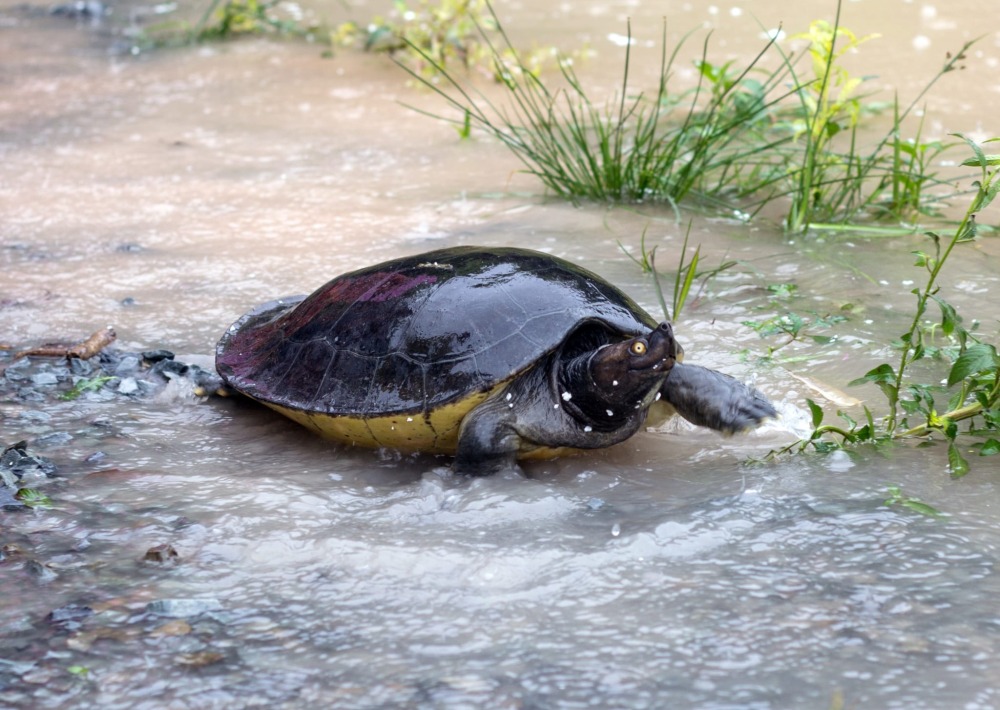
Royal Turtle
Biodiversity
With over 2,000 undescribed plants discovered thus far, the Cardamoms Range is an important repository of undiscovered species. As a result, discoveries of new wildlife and plant species regularly occur within its boundaries.
For the 250 Asian Elephants still found in Cambodia, the Cardamom Range provides essential habitat for survival. The mountains contain one of Asia’s last seven remaining elephant corridors, and 80 percent of the elephants found within the ‘Southwest Elephant Corridor’ reside in the Cardamoms. The range is also thought to hold the largest non-fragmented Indochinese Tiger habitat in the region and as many as 30 of these rare big cats are estimated to survive in the mountains. The protection of Indochinese Tigers in the Cardamoms is integral to the survival of the species as a whole due to its tiny worldwide population. Between 2000 and 2010, Indochinese Tiger numbers dropped by 70 percent and it is estimated that only 350 individuals remain in the wild. The proposed reserve also provides habitat for all of the near-extinct Royal Turtle population and 75 percent of all remaining Siamese Crocodiles.
Challenges
Lacking protection, the southern extension of the Cardamom Range is extremely vulnerable to human encroachment. Like most unprotected forest areas in Cambodia, the area is threatened by logging and the illegal sale of public lands for private ownership.
The Southern Cardamoms are also threatened by the development of large industrial concessions such as sugar cane, pulp and paper plantations. The creation of these large, landscape-altering, plantations poses a serious risk of fragmenting habitat for Asian Elephants and Indochinese Tigers. The development of these plantations would likely cause irreversible damage to the Cardamom’s water catchment capabilities and lead to the desiccation of wetlands and the sinking of underground water tables. In turn, lowered water levels would have major negative impacts on inland and coastal marine fisheries and agricultural livelihoods.
Communities
Thirteen rural communities surround the perimeter of the southern Cardamom range. Wildlife Alliance has supported these villages to develop community-led organizations, community ecotourism, community rangers, and environmental education. These programs have already substantially raised the standard of living for participating communities.
Wildlife Alliance’s work with local communities has also increased local awareness of environmental threats. Because rainforests serve as critical resources for non-timber products and water supplies, residents view these forests as essential assets needed to support their livelihoods. Consequently, local people have demonstrated opposition to the entry of large-scale corporations and plantations.
Solutions
To ensure the long-term protection of the Southern Cardamoms, Rainforest Trust is working with Wildlife Alliance to create the Southern Cardamom National Park that will protect 1,014,100 acres of forest. Wildlife Alliance will implement a comprehensive conservation model that combines law enforcement, reforestation, zoning and demarcation, and community education.
The new protected area will consolidate a critical wildlife corridor, while providing Indochinese Tigers, Asian Elephants, and 25 other at-risk species with much-needed habitat protection. In addition, the Protected Forest will help regulate hydrological cycles that play an integral role in maintaining the ecological health of an entire region. By partnering with Cambodia’s Forestry Administration to create the Protected Forest, Wildlife Alliance is building upon a 15-year collaboration with the agency, which has already improved protection for eight Protected Areas, Protected Forests and State Forests.
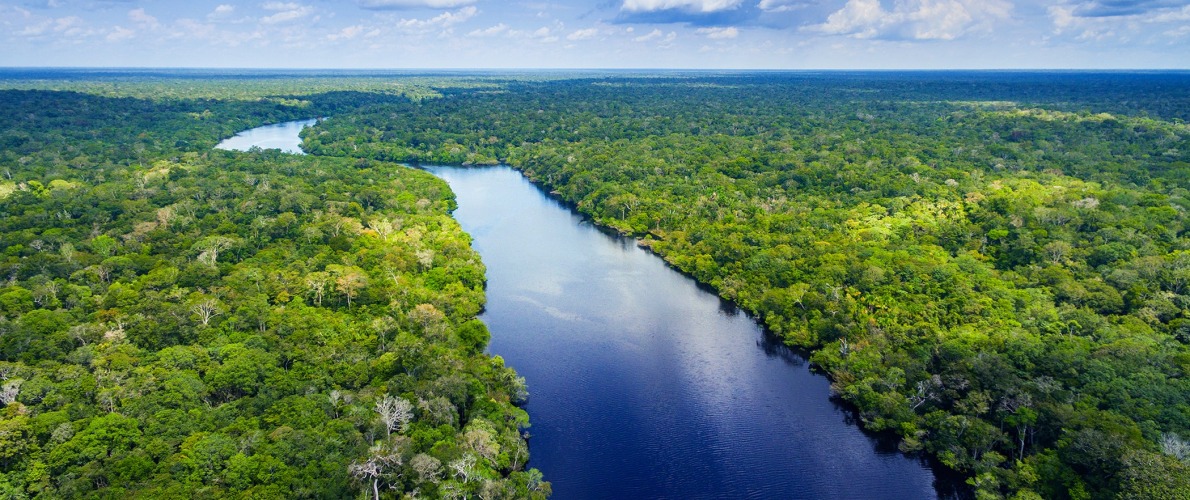
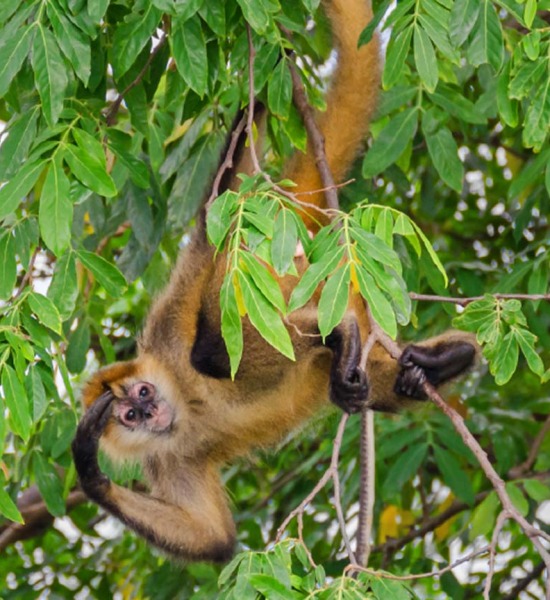
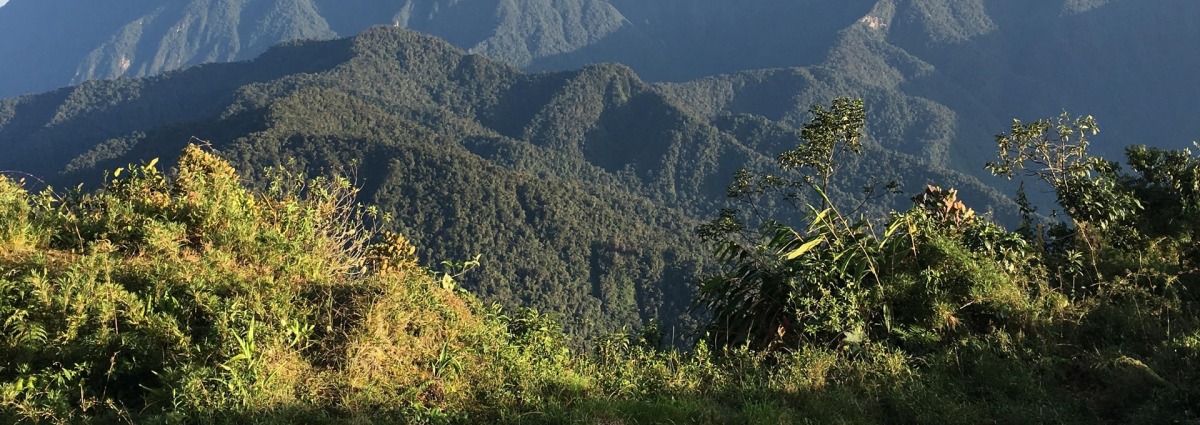

Partnering to Save the Rainforest
Our partners’ ability to work with their governments and build strong connections with local communities ensures the successful implementation of our projects.
Learn More About This PartnerLearn More About This Partner
